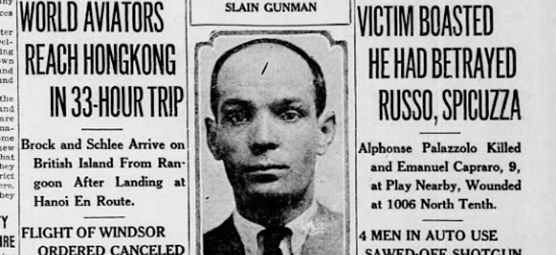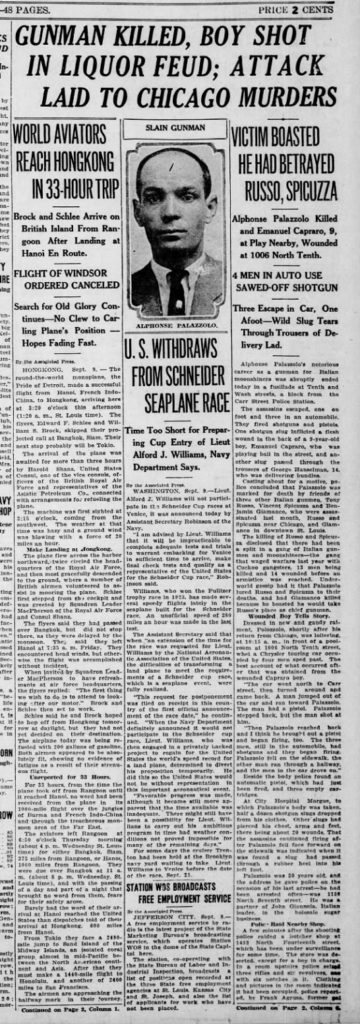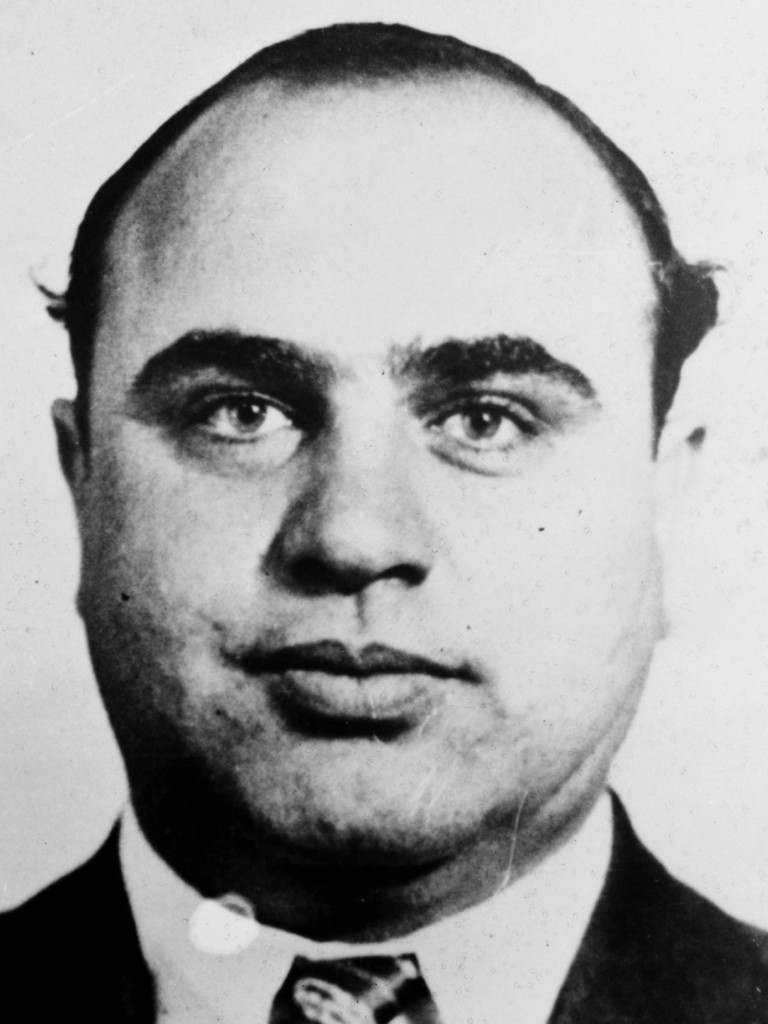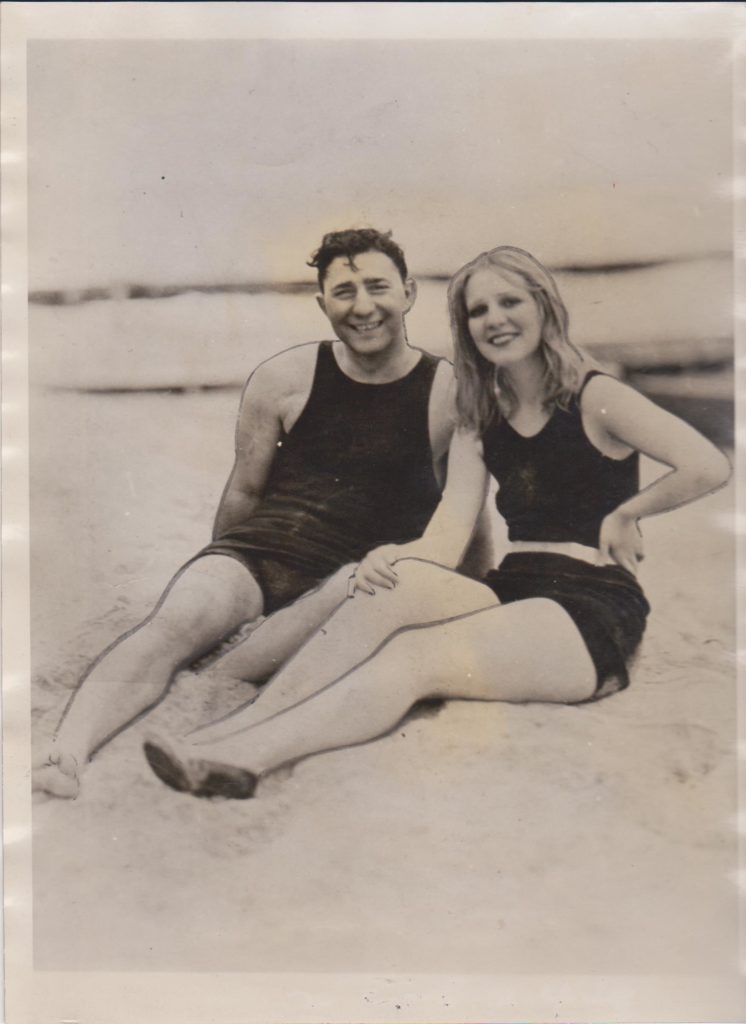Double-crossing and death-dealing in St. Louis
Ninety years ago, Green Ones gang enforcer Alphonse Palazzolo shot to death

Standing in front of a poolroom at 1006 North Tenth Street, Alphonse Palazzolo watched as a large Chrysler sped by. The sedan continued a short distance, reaching Carr Street, and then quickly turned around to make another pass. At 10:15 a.m. on September 9, 1927, fate had come for Palazzolo in the form of four gun-wielding mystery men. An injured bystander, Emanuel Capraro, recalled what happened: “A man jumped out of the car and ran towards Palazzolo. The man had a pistol. Palazzolo stepped back, but the man shot at him.”
 Palazzolo became another statistic in a seemingly endless series of underworld rub-outs during the vicious bootlegger wars in St. Louis.
Palazzolo became another statistic in a seemingly endless series of underworld rub-outs during the vicious bootlegger wars in St. Louis.
Born in Sicily on May 8, 1895, Palazzolo emigrated to the United States in 1913. His journey on American soil began in New York, but quickly led to Illinois, and ultimately St. Louis. At first he took to “Black Hand”-style criminality with old friends the Giannola brothers, John and Vito, preying on people in their own neighborhood.
The gang they founded became known as the Green Ones, and a few theories circulated on the moniker’s origins. One story attributes it to members being mostly newbies to the gang element, while another account suggests the name harkens back to the farming areas of Sicily from which the founding members hailed. By 1923, the Green Ones had risen to dominance in the bootlegging trade.
In general, gangs that thrived during Prohibition in St. Louis were still burgeoning entities, not as large, formidable or organized as, for example, the underworld factions in Chicago and Detroit. There were, however, five major players in the St. Louis liquor wars at the time: Egan’s Rats, the Hogan Gang, the Pillow Gang, the Cuckoos and the Green Ones. While most of the rival gangs were composed of multiple ethnicities, the Green Ones were a distinctly Sicilian group.
The 1920s gang wars in St. Louis were violent. For several of those years, the Green Ones battled the Cuckoos (allegedly named for their brazen, well-practiced and deadly gunplay). Within their own organization, however, deceit and bad blood had been brewing for some time. The Giannola-Palazzolo leadership had absorbed other gangster factions, which included Pasquale Santino and the Russo Brothers – none of whom was ever particularly fond of the arrangement, especially after certain promises did not come to fruition. The volley of murders between the Green Ones and Cuckoos died down a bit in 1926; by then, police attributed at least 13 murders and 14 victims of non-fatal wounds to the conflict. The hit taken by the Green Ones gave the Santino and Russo factions more of an advantage. Meanwhile, Palazzolo, a vicious and cold-blooded killer himself, sought to set things straight on many levels.
Disgusted by dissenting opinion of fellow mobsters during a 1926 meeting, and despite warnings, Palazzolo began setting additional violence in motion. He wanted to deal more blows to the Cuckoos, but he also sought revenge on Vincent Spicuzza and Anthony Russo, who had splintered off. There were several factors playing into Palazzolo’s rage. Besides the obvious business-related problem of having one-time allies become bitter enemies (Russo was related to and connected with the Aiellos of Chicago – enemy of the Green Ones’ allies in Capone’s Outfit), there was an embarrassing moment that Palazzolo never forgot. Spicuzza, pointing a revolver, relieved Palazzolo of the keys to his new Lincoln as payment for a defaulted loan, which sent Palazzolo into vengeance mode. His determination to end the lives of Spicuzza and Russo also initiated his own demise … he just didn’t know it yet.

Palazzolo, always fond of the ambush method, knew Spicuzzi and Russo wouldn’t be easily duped into a trap. He played nice for months, then managed to convince the pair to visit Chicago for a little vacation time. Why the Windy City? Palazzolo purportedly told Al Capone that Spicuzza and Russo were going to take a shot at him, offering $50,000 to whomever killed Capone. Under those alleged pretenses or not, Palazzolo definitely would have had to at least seek Capone’s approval out of respect.
In August 1927, Palazzolo, flanked by an entourage of compatriots, partied like rock stars in Chicago for a few days with Spicuzza, Russo and James Licavoli. Then, once the unknowing victims were comfortable, the Green Ones unleashed the grand scheme on the 9th. Spicuzza and Russo fell victim to a beating and the powerful rounds of a .45 automatic. Licavoli (who was well connected to Detroit factions) survived “the ride,” but not without a pistol whipping. (Palazzolo knew better than to kill him, but felt compelled to beat him up a bit.)
In the wake of the murders, stories circulated pointing to Al Capone’s infamous henchman “Machine Gun” Jack McGurn. Why McGurn? The tales told of Spicuzza and Russo each having a nickel pressed into their palm – an unconfirmed (and likely false) signature of McGurn’s dirty work. Despite this widespread explanation, and the many rumors and historical accounts relegating the double murder to Capone’s men, most authorities and press entities in St. Louis made it clear they knew the Green Ones were responsible. Russo’s pals also knew who to blame.
And so, on that fateful morning of September 9, 1927, Alphonse Palazzolo was not alone. Playing ball nearby was 9-year-old Emanuel Capraro. Also in close range was George Hanselman, a 14-year-old delivery boy. Even closer in proximity to Palazzolo stood Pasquale Santino. The melee began when one of the sedan’s occupants stepped out and fired a pistol toward Palazzolo. Palazzolo drew his own gun and returned fire, but by that time a hail of lead spewed wildly from the vehicle. In the chaos, Santino avoided being wounded, Young Capraro suffered a flesh wound to the back, and George Hanselman’s trousers took a bullet, but he was unharmed. As for Palazzolo, 20 points of injury were found on his body from torso to foot. The Capraro boy described to police how the scene went down:

“The three men, still in the automobile, had shotguns and began firing. Palazzolo fell on the sidewalk, the other man ran through a hallway, and the men in the car drove on.”
The killing spree didn’t end with Palazzolo’s death. Santino, who later testified against William and Charles Russo (Anthony’s brothers), found himself cornered in a grocery store on November 18, 1927. Two witnesses were present and acknowledged they recognized the killer, but remained tight lipped. “I’m ashamed to tell you, Mr. Coroner,” admitted the frightened store proprietor, “but I’m shaking in my boots.” Santino’s murder was ruled as “homicide at the hands of an unknown man.” Interestingly, some theories suggested Santino actually served as the “finger man” in the Palazzolo hit.
More blood spilled over the following two months, culminating with the death of Green Ones boss Vito Giannola on December 28. Gunmen tracked Giannola to his mistress’s home. Giannola recognized the danger and quickly fled into a secret hiding compartment in the woman’s attic, but the assassins filled the walls with enough machine-gun fire to slay the victim.
As for John Giannola, word had it that he and Vito’s brotherly love came to an abrupt halt following the Russo and Spicuzza murders. John had given up his position in the gang, moved away and dropped off the radar.
The Green Ones took the most profound hits during the quarrel with the Russo faction, and although they tried to continue with the remaining members, by 1928 the gang had become nearly an obscurity. As for the Sicilian factor in general, it would be another few years before St. Louis would have a fully formed Mafia family in place.
Christian Cipollini is an organized crime historian and the award-winning author and creator of the comic book series LUCKY, based on the true story of Charles “Lucky” Luciano. Go to www.ganglandlegends.com.
Feedback or questions? Email blog@themobmuseum.org





